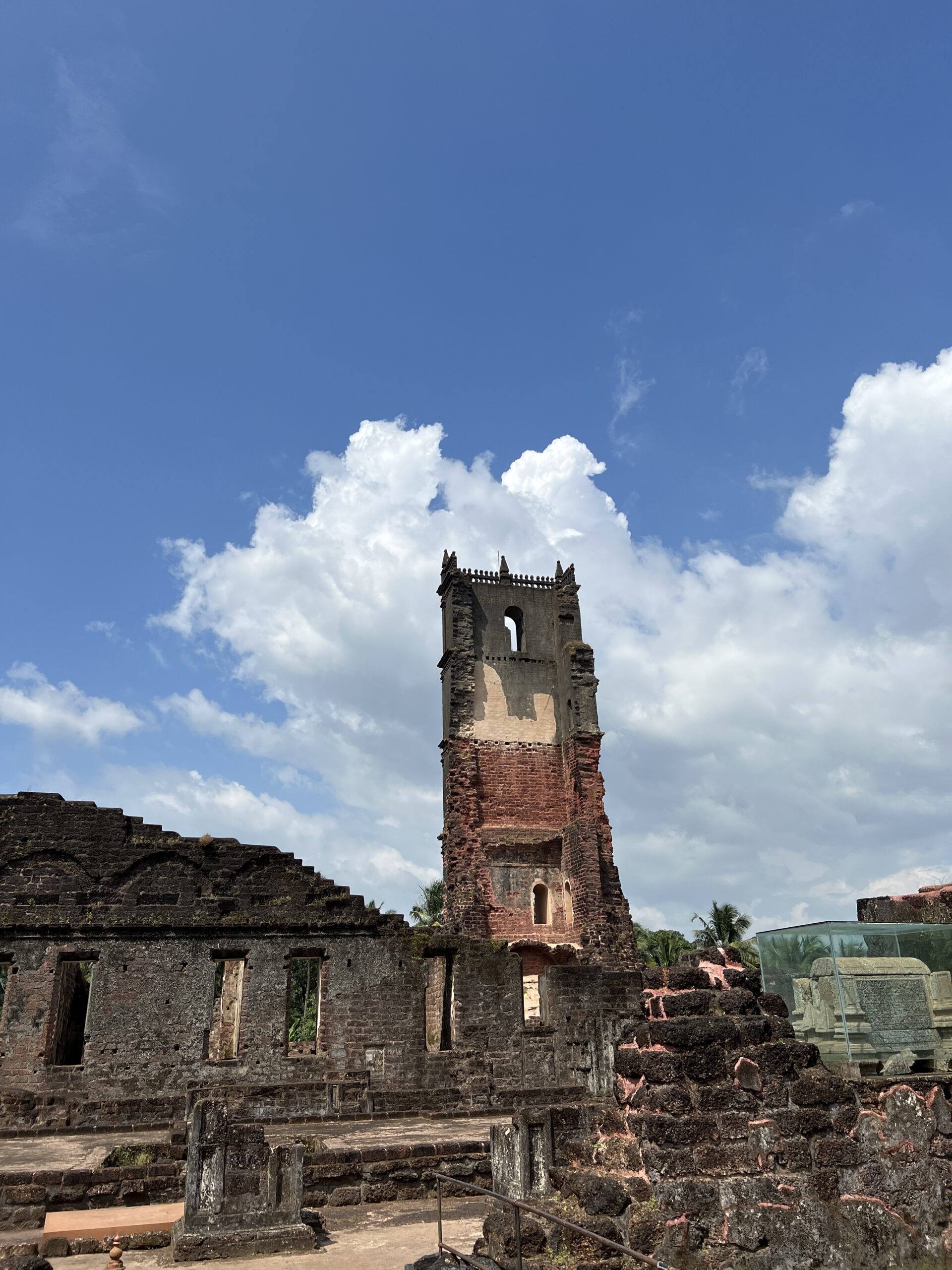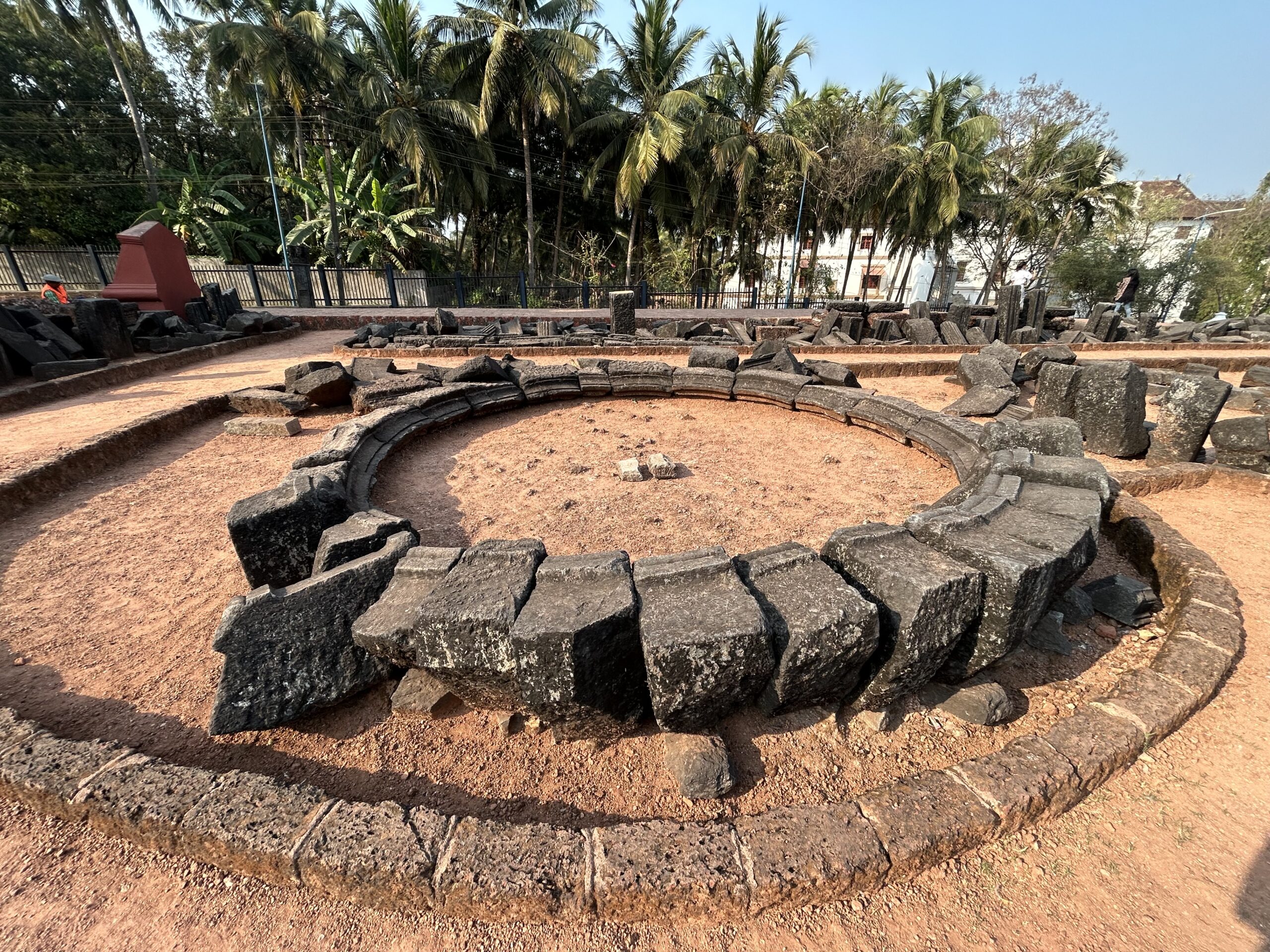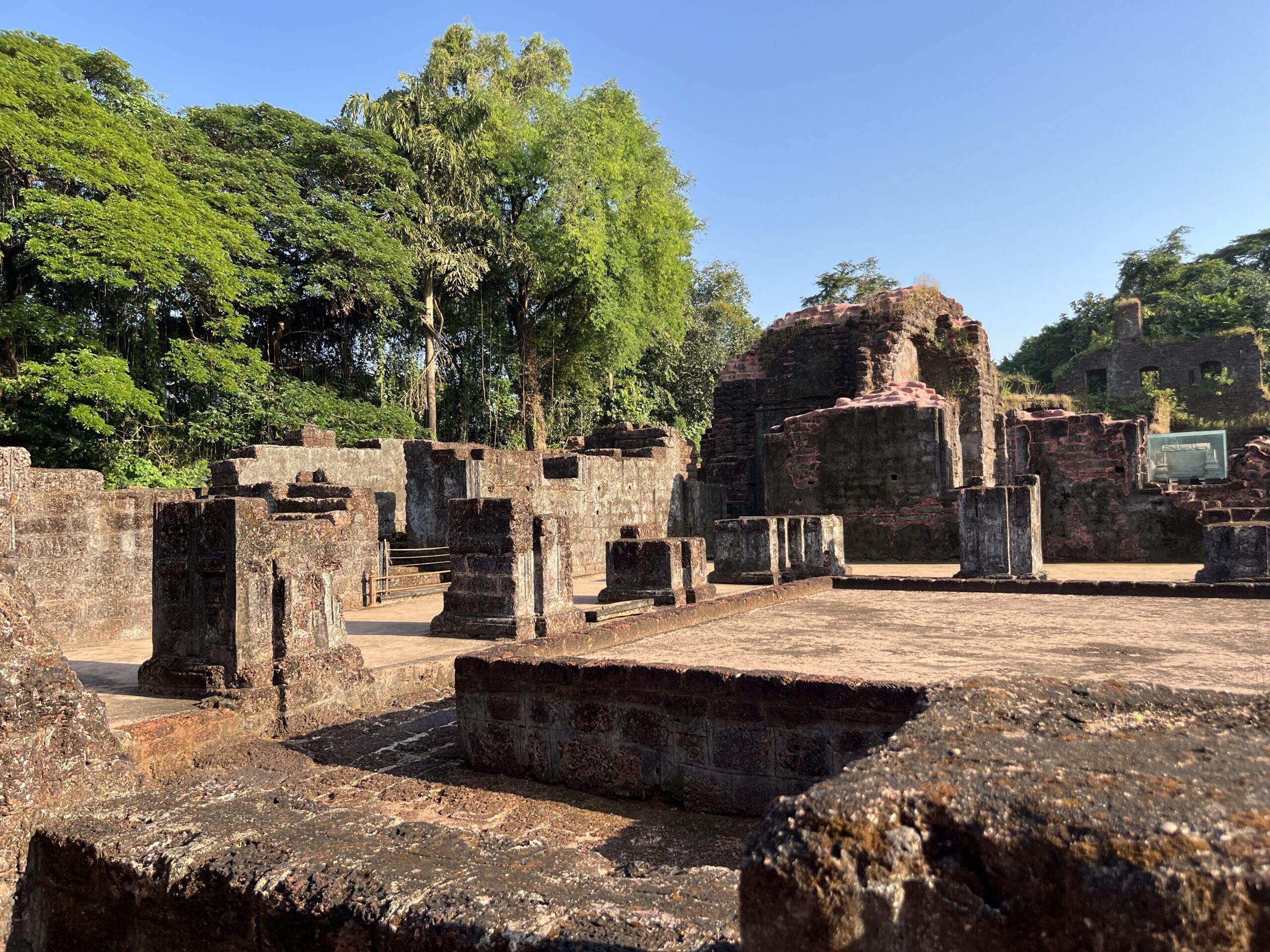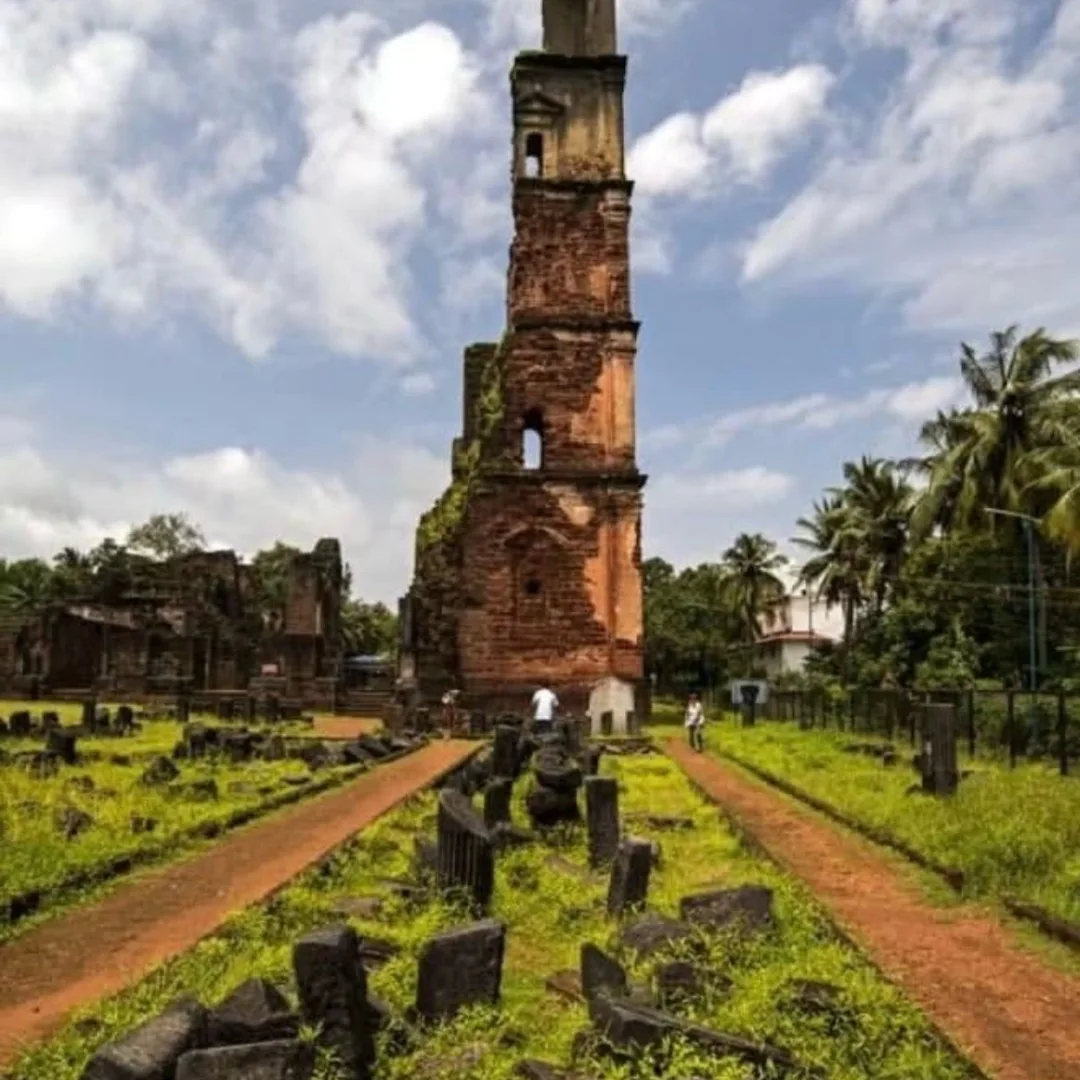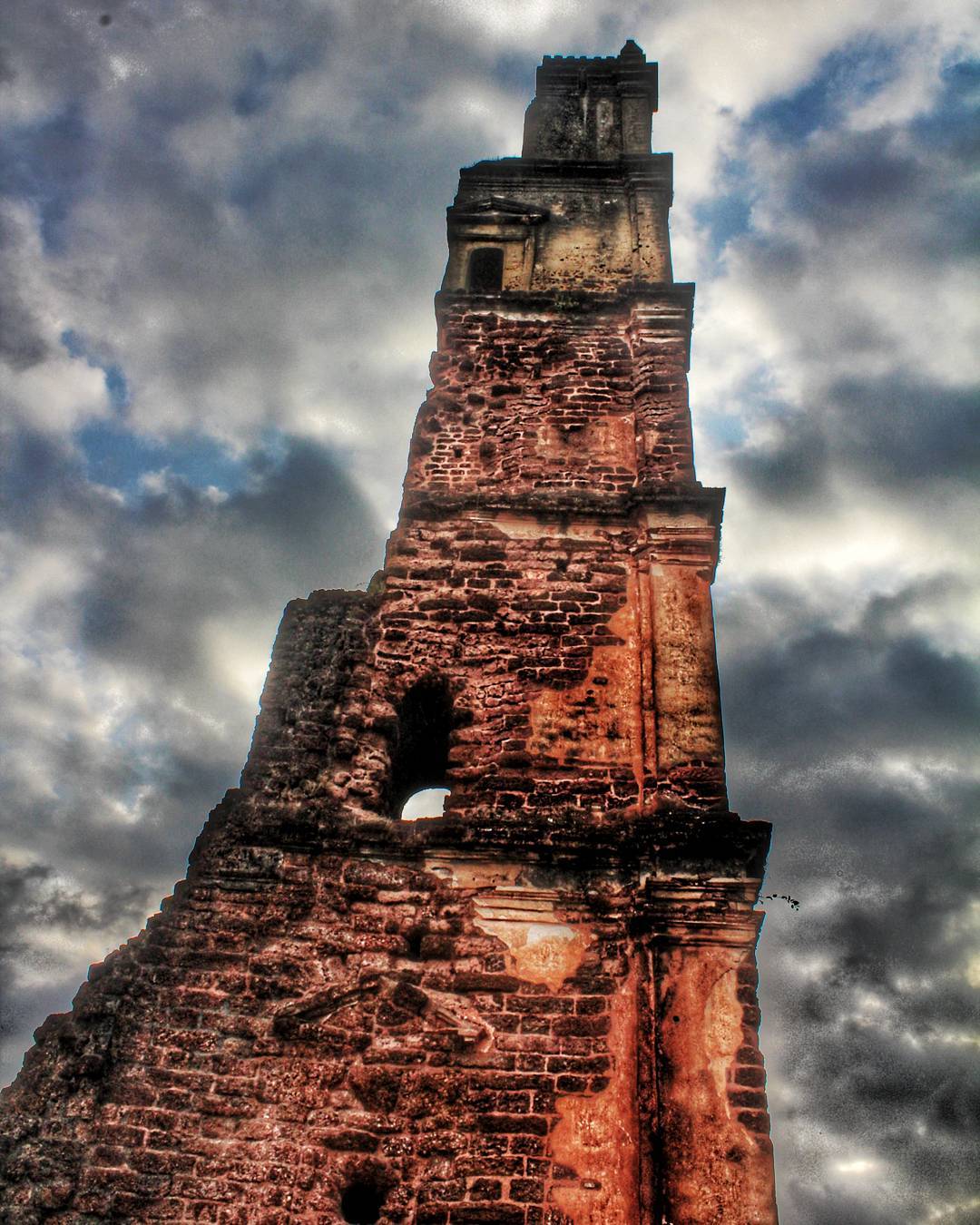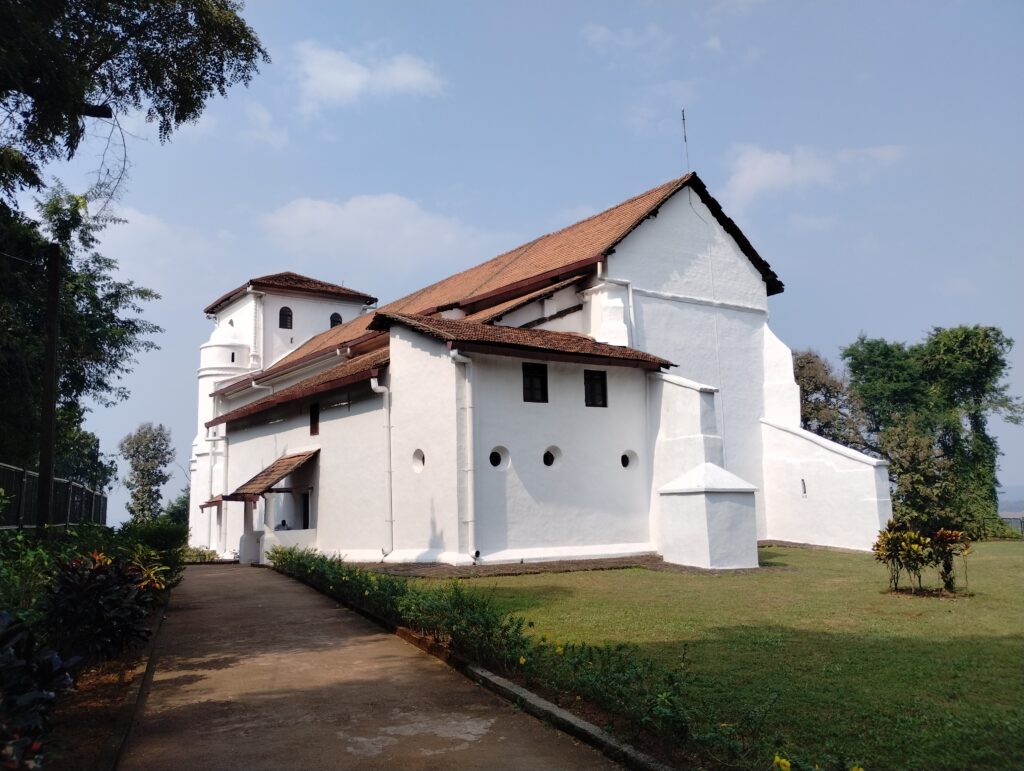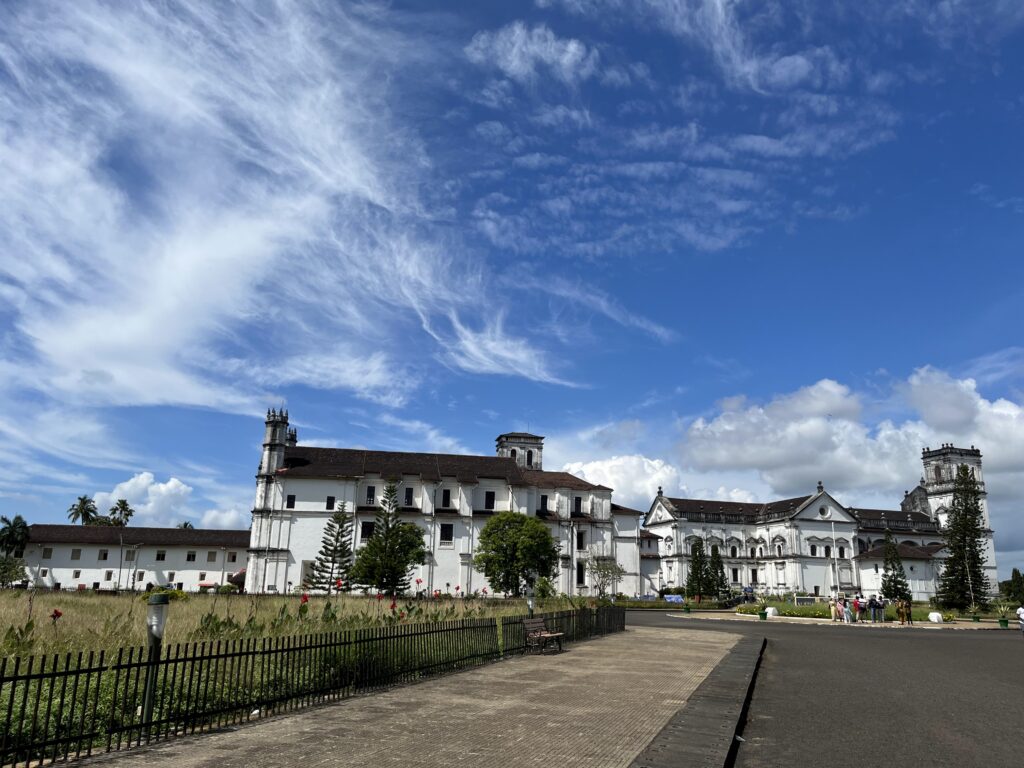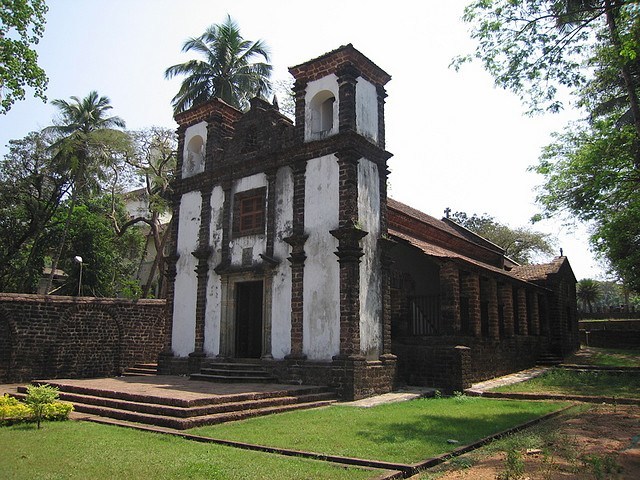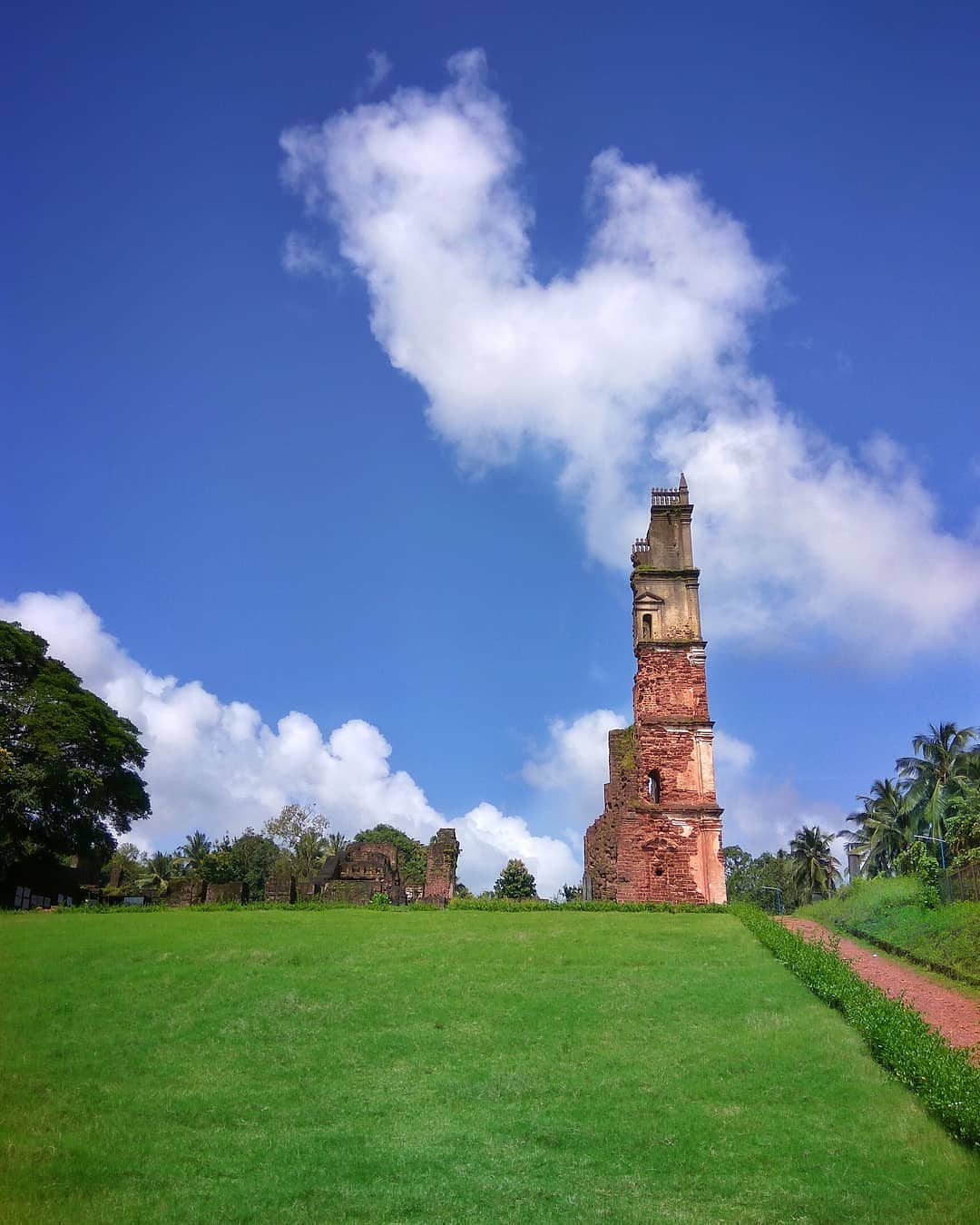
St. Augustine Tower: The Iconic Ruins of Old Goa
St. Augustine Tower, famously known as the Ruins of St. Augustine Church, is one of Old Goa’s most evocative UNESCO World Heritage monuments. Perched atop Monte Santo (Holy Hill), this dramatic, solitary tower is all that remains of what was once one of the largest and grandest churches in Goa. Today, the tower stands as a powerful symbol of the region’s rich colonial past and the enduring spirit of its architectural heritage.
Visiting Hours: 9:00 am to 5:00 pm, daily
Entry Fee: Free for all visitors
Dress Code: No strict dress code, but modest attire is recommended out of respect for the historical and religious significance of the site. Wear comfortable walking shoes; avoid high heels and slippery footwear, especially during the monsoon.
How to Reach
View Location
St. Augustine Tower is located in Old Goa, about 8–10 km from Panaji. The site is easily accessible by road, with clear signposts leading to the ruins from the main heritage precinct. Visitors can reach Old Goa by taxi, bus, or private vehicle, and the tower is a short walk from other major monuments, making it a convenient addition to any heritage tour.
History and Origins
Construction of the original St. Augustine Church began in 1597 and was completed in 1602 by Augustinian friars who arrived in Goa in 1587. The church, dedicated to Our Lady of Grace, was part of a sprawling complex that included a convent, chapels, dining halls, and monastic cells. At its peak, the church was considered one of the three great Augustinian churches in the Iberian world, alongside El Escorial in Spain and the Monastery of São Vicente de Fora in Lisbon.
The church was built using locally sourced laterite stone and soared to an impressive height of 46 meters, with four imposing towers, eight richly adorned chapels, four altars, and a vast choir loft. The interior featured a grand high altar with a large gilt tabernacle, spacious galleries, and intricate architectural details that reflected Renaissance and Baroque influences.
Decline and Ruin
The decline of the church began in 1835 when the Portuguese government expelled the Augustinian order from Goa as part of repressive policies against religious orders. Abandoned and neglected, the church’s massive vault collapsed in 1842, followed by the gradual disintegration of the main structure. By 1871, the church’s iconic bell was moved to the Church of Our Lady of the Immaculate Conception in Panaji, where it remains today. Further collapses in 1931 and 1938 left only half of one original tower standing—a haunting silhouette against the Goan sky. This surviving structure is now known as St. Augustine Tower or the Ruins of St. Augustine Church.
Architectural and Cultural Significance
Despite its ruined state, St. Augustine Tower remains a powerful symbol of Goa’s religious and architectural history. The surviving 46-meter-high tower, built of laterite stone, dominates the landscape and is a favorite subject for photographers and history enthusiasts. The site’s Renaissance and Baroque elements, combined with its vast scale, once made it one of the largest and most impressive churches in Goa.
The church complex was also notable for housing the relics of Queen Ketevan of Georgia, adding to its historical and international significance.
Visitor Experience
Today, the open nave and arches surrounding the solitary St. Augustine Tower create a dramatic and contemplative space, often used for gatherings and cultural events. The site is maintained by the Archaeological Survey of India and is a must-visit for anyone interested in Goa’s UNESCO World Heritage sites, colonial history, or architectural marvels. Entry is free, and the site is open throughout the day.
Best Time to Visit
The best time to visit St. Augustine Tower is from October to March, when the weather is pleasant for exploring Old Goa’s historic sites. The ruins are especially atmospheric in the early morning or late afternoon light.
St. Augustine Tower, also known as the Ruins of St. Augustine Church, stands as a poignant reminder of Goa’s glorious past, its rise and fall, and the enduring legacy of its faith and artistry. Whether you’re a history buff, an architecture lover, or simply seeking a sense of wonder, the tower offers a profound and unforgettable experience in the heart of Old Goa.

